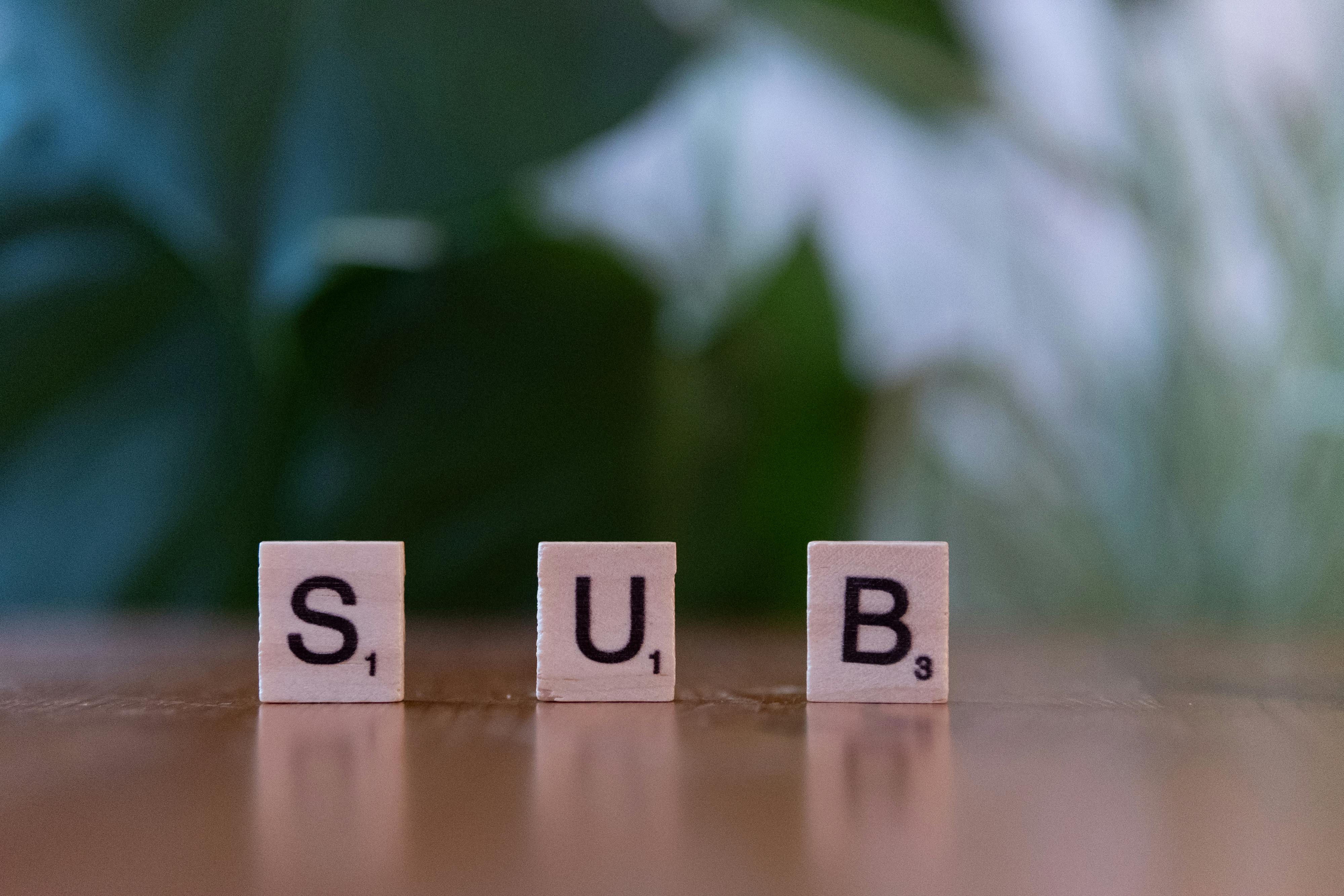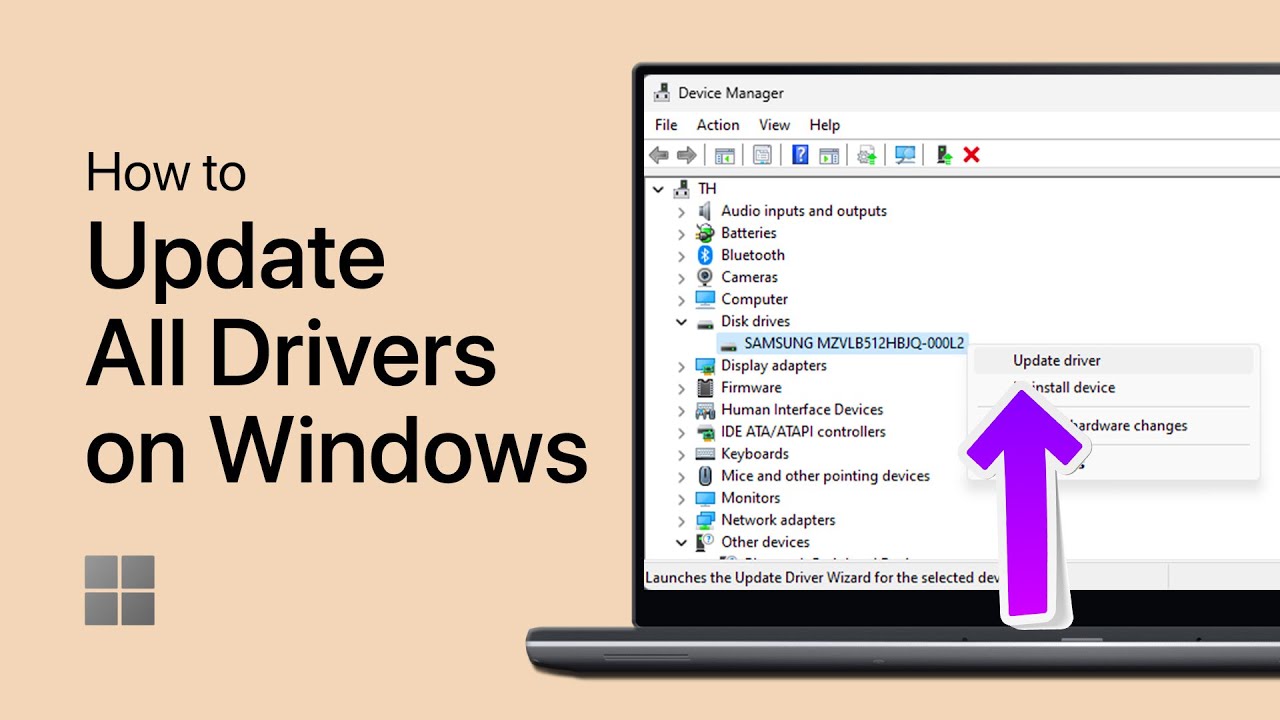
Effective Ways to Clean Your Retainer in 2025
Cleaning your retainer is essential for maintaining optimal oral hygiene and preventing unwanted odors or plaque buildup. As we step into 2025, effective retainer care has become even more crucial with the increasing awareness of dental health. Retainers, whether fixed or removable, play a significant role in maintaining your dental alignment after orthodontic treatment. Neglecting to clean them properly can lead to problems such as bacterial growth, bad breath, and even damage to the retainer itself.
This article outlines the best ways to clean your retainer at home, providing essential tips, techniques, and recommended products to ensure effective dental retainer maintenance. By understanding the importance of regular cleaning, how often to clean your retainer, and utilizing the right cleaning solutions, you can keep your retainer fresh and functional. Let's dive into the best retainer hygiene practices and practical solutions that will enhance your oral health routine.
Key Takeaways: Learn about the risks associated with dirty retainers, effective cleaning solutions, and expert advice from dental professionals.
Understanding Why Clean Your Retainer is Important
Building on the fundamentals of retainer care, it’s crucial to grasp why regular cleaning is essential. The primary purpose of a retainer is to maintain the alignment of your teeth after orthodontic treatment. However, if not cleaned adequately, retainers can harbor bacteria, fungi, and food particles that could lead to dental issues.
One significant reason to maintain cleanliness is to prevent plaque build-up. Plaque can harden into tartar, causing gum disease and cavities. Using proper methods to clean retainers not only protects your dental health but also extends the lifespan of the retainer itself. With these fundamentals in mind, moving forward to effective cleaning tips will create a comprehensive understanding of retainer hygiene.
Signs Your Retainer Needs Cleaning
Knowing when to clean your retainer can be vital for maintaining its hygiene. Here are key indicators that your retainer requires immediate attention:
- Noticeable odors emanating from the retainer.
- Visible plaque or tartar buildup on the surface.
- Discoloration or staining due to food and drink residue.
- Difficulty placing the retainer in your mouth, indicating possible physical changes.
If you observe any of these signs, it's time to take action and clean your retainer using the recommended methods.
How Often to Clean Your Retainer
The cleaning frequency of your retainer can significantly affect oral health. Ideally, retainers should be cleaned daily to remove bacteria and buildup. For efficient cleaning, consider integrating the care of your retainer into your everyday oral hygiene routine. This includes brushing your teeth, washing your mouth, and ensuring your retainer is cleaned alongside them.
In situations where you can't clean your retainer daily, ensure it undergoes a thorough clean at least once a week. Utilizing a soak in vinegar or baking soda solution can enhance deep cleaning. Following these practices will help you maintain optimal dental hygiene and avoid associated problems.
Best Practices for Cleaning Your Retainer
With the foundation set, we can explore various cleaning techniques and solutions that ensure your retainer remains in excellent condition. Transitioning to practical methods will further empower you in managing your dental appliance effectively.
Daily Retainer Care Techniques
Daily care routines are critical in ensuring your retainer stays clean. Here are a few simple techniques:
- Brush with Warm Water: Using a soft-bristled toothbrush, gently scrub the surface of the retainer with warm water. Avoid using toothpaste, as it can scratch the material.
- Rinse After Meals: Whenever possible, rinse your retainer with water after meals to prevent food particles from sticking and causing bad odors.
- Use Mild Soap: Occasionally wash your retainer with a mild soap solution. Ensure it is well-rinsed before placing it back in your mouth.
Deep Cleaning Your Retainer
Every month, perform a more thorough clean using these methods:
- Vinegar Solution: Soak your retainer for about 30 minutes in a mixture of half vinegar and half water. Rinse thoroughly afterward.
- Baking Soda Paste: Create a paste using water and baking soda, apply it onto the retainer, and scrub softly. Rinse well to eliminate residue.
- Retainer Cleaning Tablets: These can be used as per the instructions provided by the manufacturer. They offer an easy solution particularly beneficial for busy individuals.
Common Mistakes to Avoid
While cleaning your retainer, avoiding certain errors is crucial:
- Do not use harsh chemicals that can damage the retainer.
- Avoid soaking in hot water, as it can warp the retainer material.
- Don’t forget to store your retainer properly when not in use; keeping it moist can prevent it from drying out and cracking.
Tools and Products for Effective Retainer Cleaning
As we dive deeper into advanced care, understanding the right tools and products can make all the difference. Choosing appropriate supplies ensures thorough cleaning while protecting the retainer from damage.
Best Cleaning Products for Retainers
Here are some recommended products that you might find useful:
- Castile Soap: A natural cleaner perfect for gentle washing of retainers without leaving harmful residues.
- Hydrogen Peroxide: Diluting hydrogen peroxide can create an effective cleaning solution for bacteria while being safe.
- Alcohol-Free Mouthwash: Rinsing with mouthwash can help eliminate odors, but should not replace the actual cleaning process.
Tools to Have on Hand
Essential tools can further enhance your retainer cleaning routine:
- Soft-Bristled Toothbrush: An ideal implement for safely brushing your retainer.
- Chlorine-Free Cleaning Tablets: Simple and effective for busy schedules, ensuring your retainer is cleaned easily.
- Storage Case: Having a sturdy, sealed case to store your retainer can protect it against physical damage and contaminants.
Natural Cleaning Solutions for Your Retainer
Exploring natural cleaning solutions can be beneficial not only for health but also for the environment. Let’s take a closer look at some effective natural methods that keep your retainer clean without harsh chemicals.
Using Baking Soda and Vinegar
Baking soda is a powerful cleaning agent due to its mild abrasiveness, making it efficient for removing stains and odor. Creating a paste with water allows for thorough scrubbing. Additionally, soaking the retainer in vinegar can help eliminate bacteria and freshen it up. Combining these methods can lead to effective results.
Saltwater Rinse
A saltwater solution can also serve as a gentle disinfectant. Mixing a teaspoon of salt in a glass of warm water and soaking your retainer can keep it sanitized while promoting oral health.
Q&A Section on Retainer Care and Maintenance
How often should I clean my retainer?
Your retainer should ideally be cleaned daily to avoid plaque buildup and odors. However, a deep clean should occur at least once a week.
What are the signs that my retainer needs cleaning?
Common signs include persistent odors, visible plaque, discoloration, and difficulty in placement.
Can I use regular toothpaste to clean my retainer?
It's best to avoid regular toothpaste, as it can scratch the retainer. Use a mild soap or baking soda instead.
How do I store my retainer?
Store your retainer in a clean, dry case, preferably away from direct sunlight and heat. Ensure it remains moist if possible.
What should I do if my retainer smells bad?
A mixture of vinegar and water or a baking soda paste can effectively reduce odors. Regular cleaning and storage practices will also help maintain freshness.

